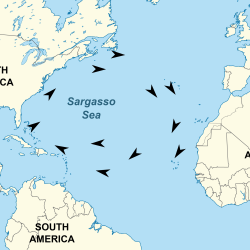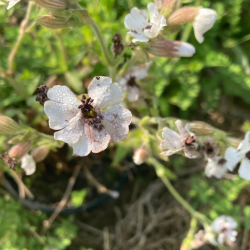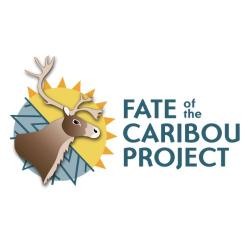Teasing meaningful patterns out of a complex and messy world of data
 At its core, ecology is the quest to understand how many different individuals and species interact with each other and their environment to form complex, interdependent, and natural systems. Ecologists search for patterns that provide clues to how and why communities are shaped the way they are and how they change through time. Finding those patterns means knowing what questions to ask and how to analyze the data in meaningful ways. University of Maryland biologists take an integrated approach to some of the most pressing questions in ecology. They conduct fieldwork throughout the world and collaborate with colleagues to integrate data from global networks into research that can be used to inform conservation and management at local, regional and global scales. Their investigations focus on identifying key factors that reveal the most significant information about a natural system and developing analytical tools to maximize the data available.
At its core, ecology is the quest to understand how many different individuals and species interact with each other and their environment to form complex, interdependent, and natural systems. Ecologists search for patterns that provide clues to how and why communities are shaped the way they are and how they change through time. Finding those patterns means knowing what questions to ask and how to analyze the data in meaningful ways. University of Maryland biologists take an integrated approach to some of the most pressing questions in ecology. They conduct fieldwork throughout the world and collaborate with colleagues to integrate data from global networks into research that can be used to inform conservation and management at local, regional and global scales. Their investigations focus on identifying key factors that reveal the most significant information about a natural system and developing analytical tools to maximize the data available.
Their comparative studies span a broad range of ecological issues from the spread and impact of global disease, to the factors that maintain species diversity, and the influence of information shared between individuals on movement patterns of entire populations.
Below are just a few ways faculty members in the Department of Biology are advancing scientific understanding of ecological systems and developing data analysis tools to address pressing questions about how ecosystems function and how they might change in the future.
Emerging Infectious Disease
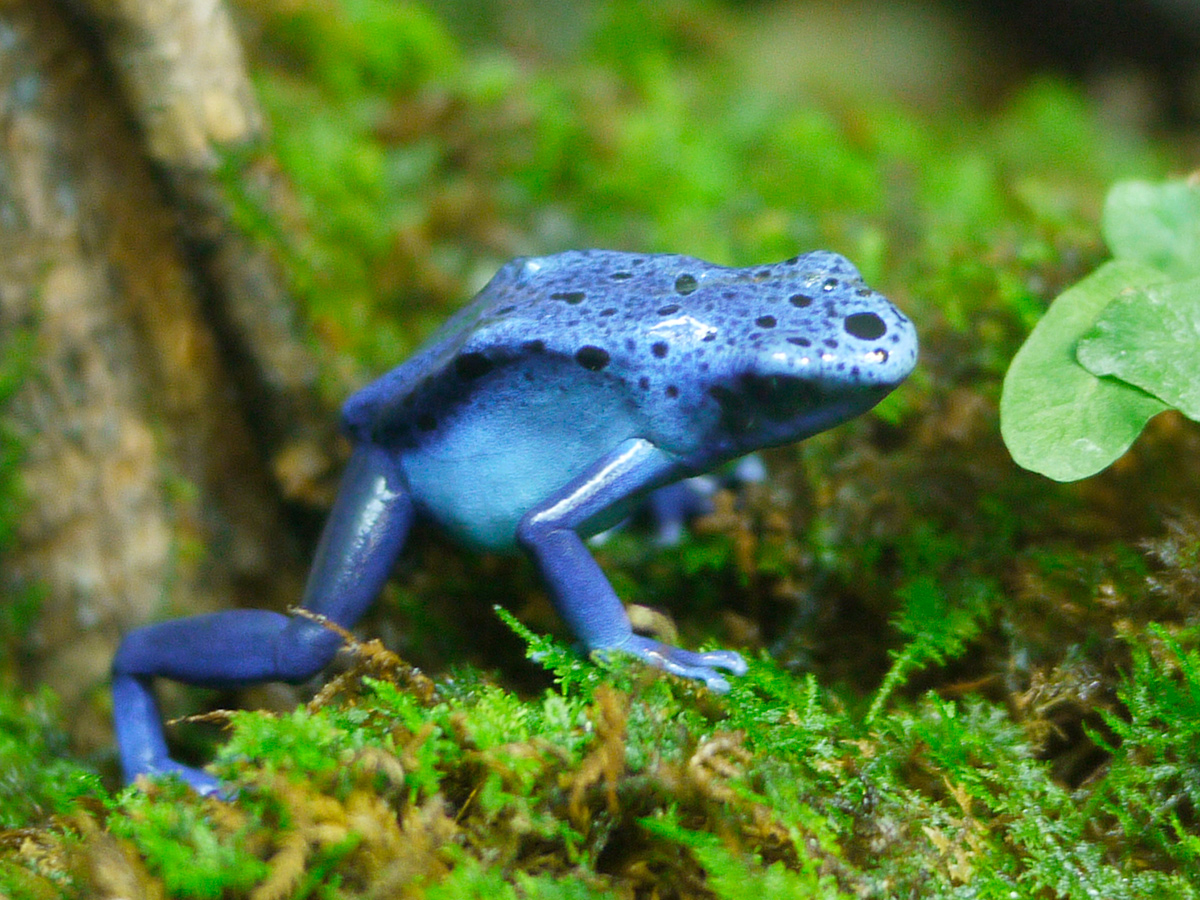 Within the past 50 years, amphibians have been under threat from a deadly disease known as chytridiomycosis (chytrid). Responsible for the greatest known loss of biodiversity due to disease, chytrid has led to the decline of 500 species and 90 recorded extinctions. Amphibians play a critical ecological role in exchanging nutrients and resources between aquatic and terrestrial environments. As chytrid spreads rapidly around the world, scientists are scrambling to understand and mitigate the impact of the disease and the loss of so many amphibians.
Within the past 50 years, amphibians have been under threat from a deadly disease known as chytridiomycosis (chytrid). Responsible for the greatest known loss of biodiversity due to disease, chytrid has led to the decline of 500 species and 90 recorded extinctions. Amphibians play a critical ecological role in exchanging nutrients and resources between aquatic and terrestrial environments. As chytrid spreads rapidly around the world, scientists are scrambling to understand and mitigate the impact of the disease and the loss of so many amphibians.
Karen Lips is tracking the spread of chytrid around the world. Through laboratory experimentation and fieldwork in the U.S. and Panama, Lips studies how environmental factors influence the outcomes of chytrid infections: which species are unaffected, which decline and which go extinct. Lips collaborates with an international network of colleagues to track and anticipate chytrid’s global spread with a focus on conservation and management. Lips was among the first researchers to sound the initial alarm over chytrid when her work identified fungal infections as the cause of mass frog die-offs in Costa Rica and Panama in the 1990s.
Animal Movement and Interaction
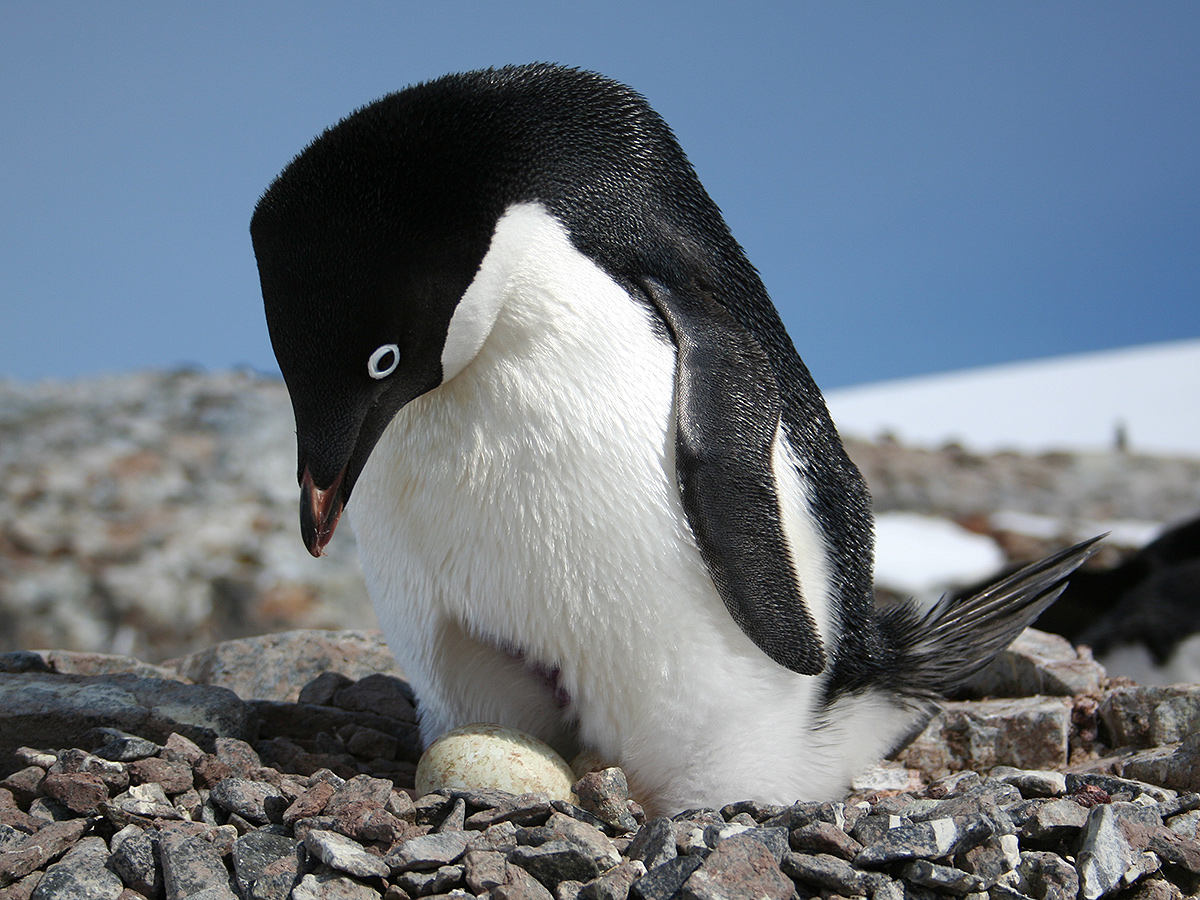 Animals migrate to find resources such as food, shelter and breeding sites. But in most cases, the factors influencing when they move and what paths they take are not well understood. How much are animals cued in by weather, local conditions or other factors? How much of their route is learned from previous generations and how is that knowledge transferred? How does habitat fragmentation and changing climate impact animal movement?
Animals migrate to find resources such as food, shelter and breeding sites. But in most cases, the factors influencing when they move and what paths they take are not well understood. How much are animals cued in by weather, local conditions or other factors? How much of their route is learned from previous generations and how is that knowledge transferred? How does habitat fragmentation and changing climate impact animal movement?
The answers to these questions are critical for effective wildlife management, especially as habitat loss increases and migratory ranges grow more fragmented with climate change and human development.
William "Bill" Fagan applies sophisticated mathematical theory to large, sometimes messy, disparate datasets and field observations to understand the factors influencing animal migration. Using quantitative analyses, known as ecoinformatics, Fagan investigates how group interactions, memory, landscape and environmental cues affect the timing of movement in large populations. He has studied organisms as diverse as whooping cranes, penguins, Mongolian gazelles, South American primates, sea turtles, and even viruses and bacteria. Fagan’s conservation efforts have ranged from planning reserves and reviewing endangered species recovery plans to assessing extinction risks. Fagan worked on the first multinational analysis integrating data on dozens of mammals to quantify the impacts of human-based landscape modification on animal movement.
Disease-Host Interactions
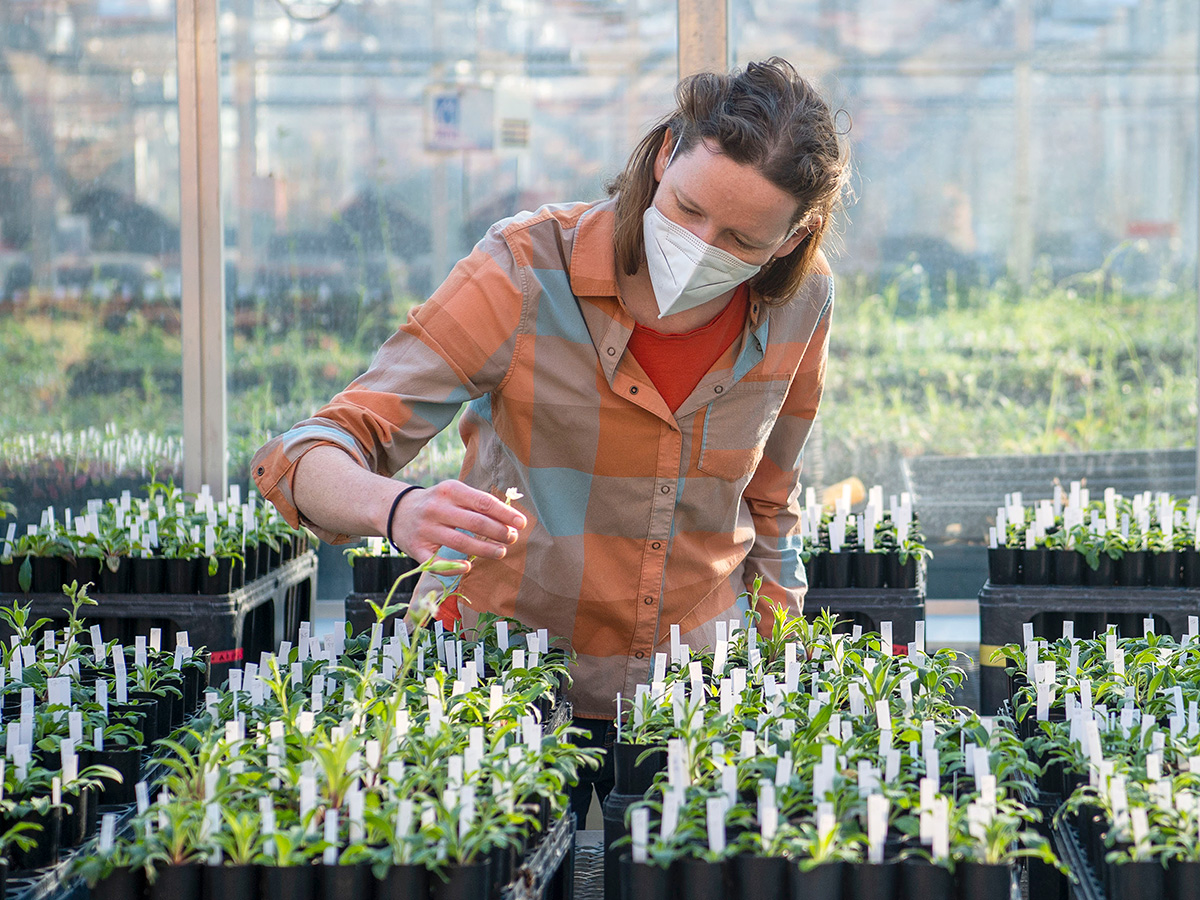 In nature, diseases affect host populations and feed back to the evolution of the disease to change the ecology. For instance, you might have an epidemic sweep through a natural population, either killing or sterilizing everything in its path. That exposes any genetic variation in the host that might provide some natural resistance to the disease. And you can get very rapid evolution of the host that in turn can drive evolution in the pathogen population to keep up.
In nature, diseases affect host populations and feed back to the evolution of the disease to change the ecology. For instance, you might have an epidemic sweep through a natural population, either killing or sterilizing everything in its path. That exposes any genetic variation in the host that might provide some natural resistance to the disease. And you can get very rapid evolution of the host that in turn can drive evolution in the pathogen population to keep up.
Emily "Emme" Bruns tries to piece together what microbes do and how their relationship to the plants they infect influences everything from population size and distribution to evolution. As a model for disease-host interactions, Bruns studies anther smut disease in wild carnations. Anther smut is a fungus that sterilizes but doesn’t kill the host plant. By teasing out relationship dynamics between the fungus and its host, Bruns’ findings may be applicable to disease-host relationships in other organisms such as agriculturally important crops and even humans.














